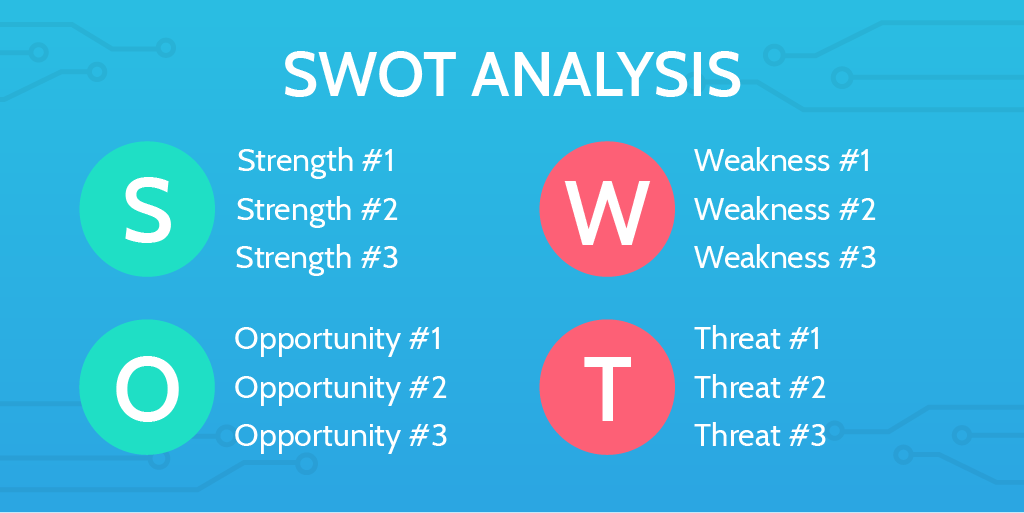SWOT: Strengths, Weaknesses, Opportunities, Threats.
The purpose of a SWOT analysis is to examine an organization, business, or project using these four attributes to determine a strategy for improvement or optimization.
A SWOT analysis helps to assess risks and potential rewards while also understanding the most important factors that impact the success (or failure) of the business.
Being honest when assessing your business is crucial for a successful SWOT analysis, and incorporating different viewpoints from all of the departments in your organization can help build a more objective and unbiased picture of the strengths, weaknesses, opportunities, and threats facing your business.
This checklist template is designed to run you through the complete process of a SWOT analysis from start to finish, making your life easier by breaking the process into clearly defined steps.
It also uses conditional logic and dynamic due dates to remove some of the manual work you'd otherwise have to do yourself.
Proceed to get started with the checklist.




